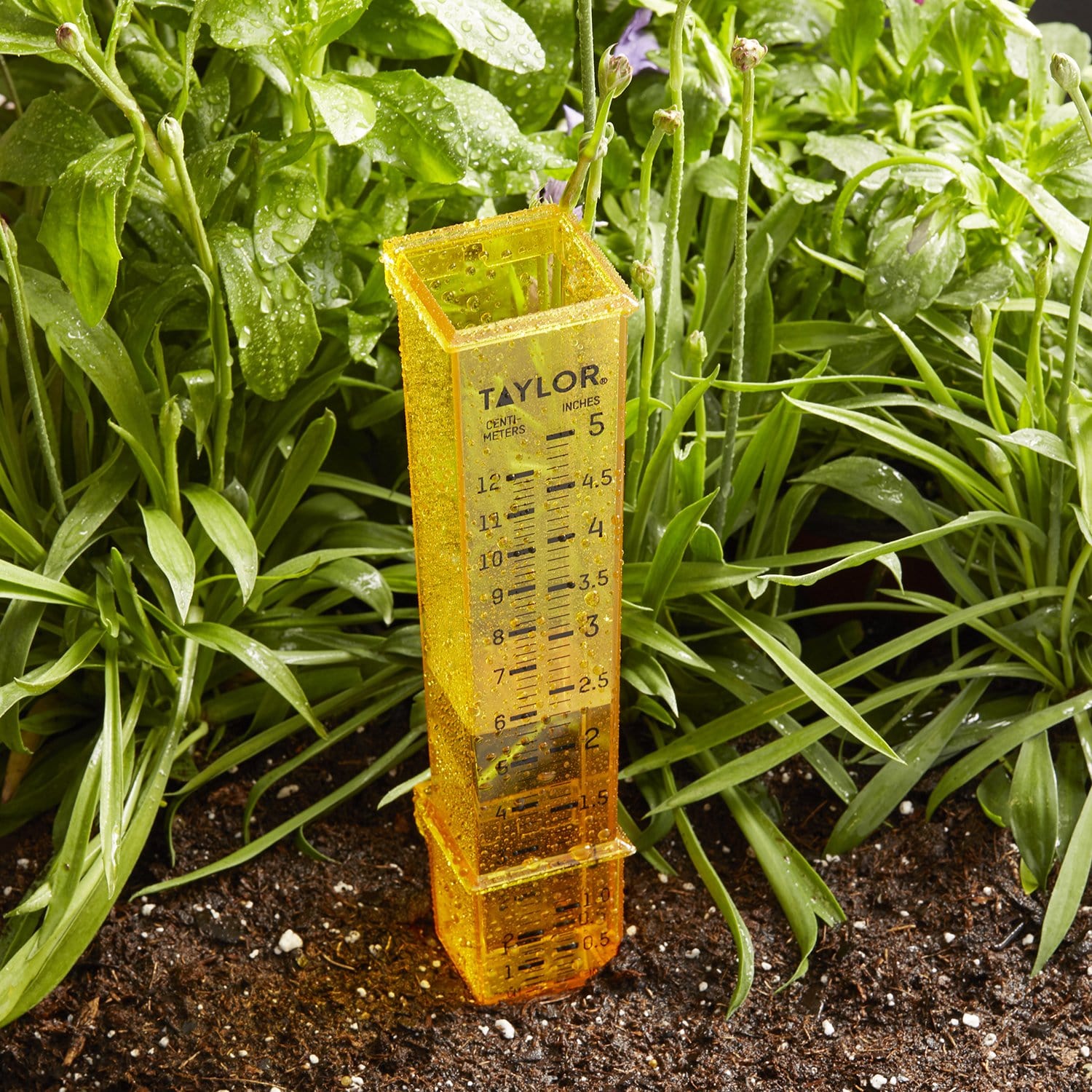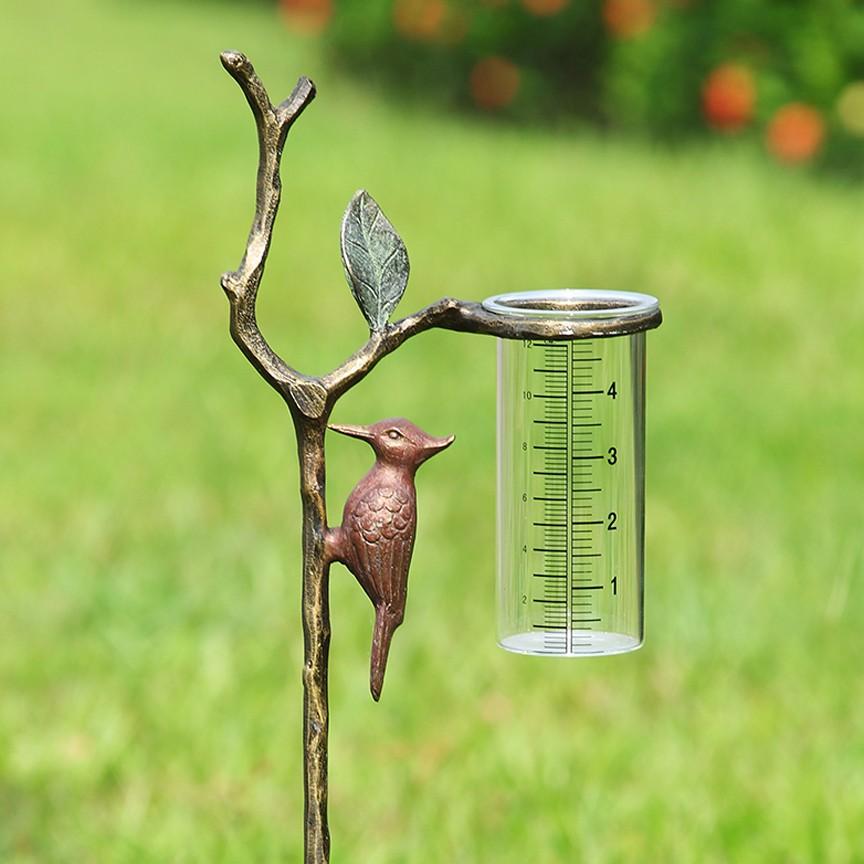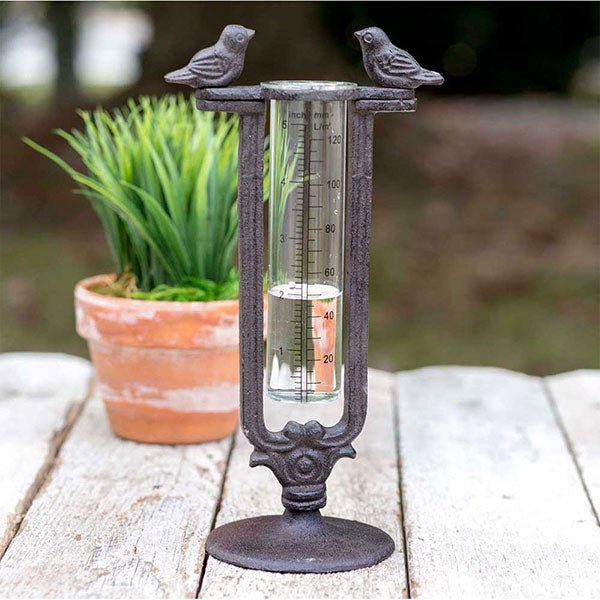The Rain Gauge: Essential Information and Best Practices for Climate Fanatics
The Rain Gauge: Essential Information and Best Practices for Climate Fanatics
Blog Article
How to Choose the Right Rain Gauge for Accurate Rain Information
Accurate rainfall data is vital for various markets and tasks, such as farming, water, and weather forecasting source management. To obtain trusted dimensions, it is necessary to select the best rain gauge. This guide aims to offer important insights into the selection process, allowing you to make informed decisions. Considering elements such as location, type, and precision of the rain scale will certainly help ensure accurate data collection. In addition, comprehending the maintenance and calibration procedures will certainly add to the longevity and integrity of your rainfall scale. By complying with these standards, you can make certain exact rainfall data, making it possible for better decision-making and preparation for different applications.
Importance of Selecting the Right Rainfall Scale
The value of selecting the ideal rain gauge hinges on obtaining dependable and specific rains information for accurate atmospheric evaluation. Rain information is important for a variety of applications, including climate projecting, hydrological modeling, and climate study. Undependable or imprecise information can cause incorrect conclusions and flawed decision-making procedures.

Secondly, the accuracy and accuracy of the rain gauge are paramount. The gauge should have the ability to gauge rainfall with high precision, catching even percentages of rainfall precisely. It ought to also reduce errors as a result of dissipation, wind, and various other environmental factors. Normal calibration and maintenance are vital to guarantee recurring precision.
In addition, the place and installation of the rainfall gauge are critical factors to consider. It should be placed in an open location, far from obstructions that could affect rains measurements. The scale should be placed at an appropriate elevation and angle to avoid spilling and guarantee correct catchment of rainwater.
Variables to Consider When Picking a Rain Gauge
When picking a rain gauge, there are a number of vital factors to think about. There are various kinds readily available, consisting of conventional rain determines, tipping bucket rain assesses, and weighing rainfall determines.
One more variable to think about is the product of the rain scale. Rain determines can be made of different materials, such as steel, plastic, or glass. The product chosen should be resilient and resistant to climate condition, ensuring that the rain scale will certainly hold up against the elements and supply precise measurements gradually.
Precision is additionally a critical factor to take into consideration. Try to find rainfall gauges that have actually been adjusted and tested for accuracy. Attributes such as anti-splash rings and funnels can additionally improve the precision of the measurements.

Finally, consider the environment and environment in which the rainfall scale will certainly be used. Different rainfall assesses appropriate for various environments, so it is very important to pick one that is ideal for the conditions in your area.
Various Kinds of Rainfall Determines Offered
To additionally check out the variables to consider when picking a rain gauge, it is essential to comprehend the various sorts of rain assesses available. There are numerous kinds of rain evaluates, each with its very own benefits and drawbacks. The most usual kind is the conventional rainfall scale, additionally called the cylindrical rainfall scale. This type includes a straight-sided cylindrical container with a funnel-shaped top. It is basic to utilize and gives precise dimensions of rains.
An additional kind of rain scale is the tipping pail rain gauge. As the rain falls right into the scale, it loads up one side of the pail, causing it to tip and empty the water.
A 3rd sort of rainfall gauge is the weighing rainfall gauge. This scale utilizes a balance system to measure the weight of the accumulated rains. As the rainfall falls into the scale, it is collected in a container attached to a balance. The weight of the water is measured, and the rainfall quantity is calculated based upon the weight. Weighing rainfall evaluates are highly precise but can click to read more be extra expensive and call for regular upkeep.
Ultimately, there are also remote rain assesses that usage advanced modern technology to measure rainfall (The Rain Gauge). These assesses use sensors and transmitters to send out information wirelessly to a main device. Remote rain assesses are convenient for checking rainfall in hard-to-reach areas or for massive data collection
Just How to Identify the Accuracy of a Rainfall Scale
One means to evaluate the precision of a rainfall gauge is by conducting routine calibration dimensions. Calibration entails comparing the readings of a rainfall scale to a common measurement, such as a certified rainfall gauge or a weather condition station with high precision. By comparing the measurements, any kind of discrepancies or errors in the rainfall scale can be identified and accounted for.
To perform a calibration measurement, start by collecting rains data from both the rain scale and the conventional measurement gadget over a certain time duration, such as a month. Contrast the analyses and determine the difference between them. This difference is known as the calibration error.
It is necessary to note that calibration dimensions need to be performed routinely, as environmental variables, such as temperature, particles, and wind, can affect the precision of the rainfall gauge with time. By performing normal calibrations, any adjustments in the accuracy find out this here of the rainfall scale can be found and modifications can be made accordingly.
Along with calibration, it is likewise advised to tidy and keep the rain scale on a regular basis to ensure its precision. Eliminate any particles or obstructions that may influence the precision of the measurements, and look for any indications of damage or use that might need repairs or substitute.
Tips for Preserving and Adjusting Your Rainfall Scale
Routine upkeep and calibration are essential for guaranteeing the precision and dependability of your rain scale in gauging rainfall information (The Rain Gauge). By following a couple of easy suggestions, you can ensure that your rain scale is correctly kept and adjusted
To start with, it is essential to cleanse your rain scale consistently to avoid any kind of particles or dust from blocking the rainfall collection device. Use a mild cleaning agent and a soft brush to gently cleanse the inside and beyond the scale. Rinse it completely with clean water and permit it to dry completely prior to re-installing it.
Secondly, it is recommended to calibrate your rain gauge at the very least as soon as a year. Calibration involves comparing the dimensions of your rain gauge with those of a trusted and precise referral scale. This will help you identify and remedy any kind of prospective mistakes in your rainfall gauge's dimensions.
To adjust your rain gauge, accumulate a recognized quantity of water making use of a measuring container and compare it with the dimensions videotaped by your rain scale. Readjust the readings appropriately to make sure precision.

Verdict
In final thought, choosing the right rainfall scale is crucial for obtaining accurate rains information. Factors such as spending plan, location, and purpose should be taken into consideration when selecting a rainfall scale.
There are different kinds readily available, including conventional rain determines, tipping bucket rainfall assesses, and considering rain assesses.To additionally explore the aspects to consider when picking a rain gauge, it is crucial to comprehend the different types of rain gauges available. The most usual kind is the typical rainfall Get the facts scale, likewise known as the cylindrical rainfall scale.One more type of rain scale is the tipping pail rainfall gauge. Calibration involves comparing the analyses of a rainfall scale to a standard measurement, such as a certified rainfall gauge or a weather station with high accuracy.
Report this page